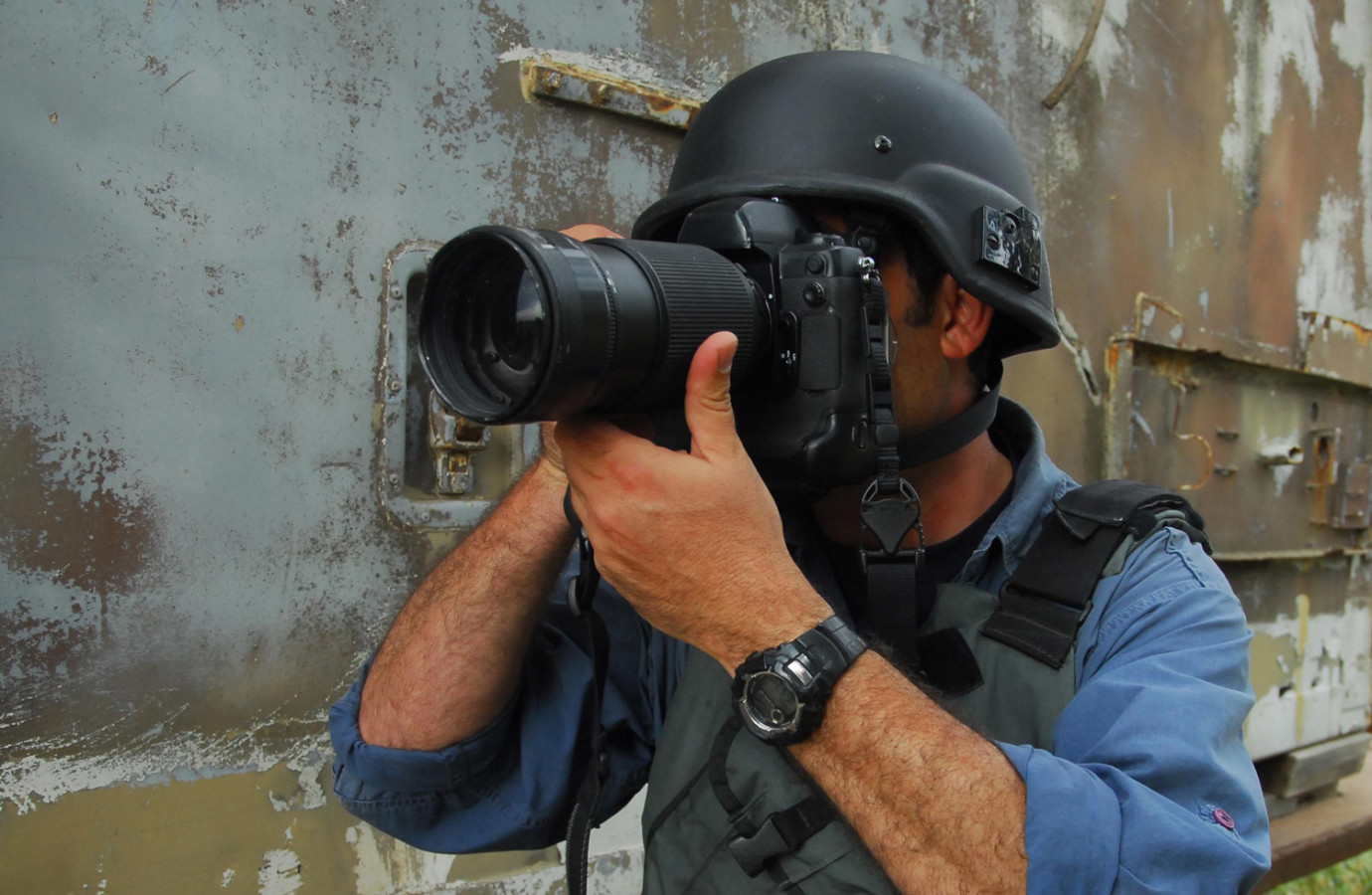Don’t Shoot the Messenger
Posted on January 31st, 2016 in War Zone Security by Tony Loughran
On a cool dusky evening on the outskirts of Karachi Altaf a young photo journalist with a prominent news agency was going about his daily job when without warning a riot erupted before his very eyes. But this was to be no ordinary riot as what was about to unfold was to change his life forever.
Seizing a photo opportunity he points his camera at the crowd and witnesses each protestor being heavily beaten, but as with all photo journalists they don’t have the time to be shocked or dismayed as they see the world through a 1cm square glass window.
As each lathe batton rained down on the crowd the urge to get closer is more compelling. The shutter clicks to the rhythm of the beatings and it’s these pictures that inform the world how dangerous life is for the people of Pakistan.
By now all the local media have arrived and they too witness the beatings and it’s at this point that the demonstration takes a turn for the worse. Shots are fired but from where no one knows. Altaf is unable to take cover but instinctively does what he’s trained to do and points his camera to the area where he thinks the firing is coming from. As he turns to capture the terror in the protestors’ eyes he feels a sharp thud on his back.
He thinks he’s been hit by a rock but as he looks down the front of his shirt he sees a steady stream of blood oozing out of his chest. He still can’t comprehend what has gone on as the adrenaline has kicked in but his mind has not yet caught up with his body.
Without fearing for his life he continues to shoot pictures and it’s only when he reviews his previous images that he’s confronted with the shocking truth, a policeman holding a small revolver has shot Altaf through the chest. Altaf is now in need of immediate medical attention.
Colleagues come to his aid and the first aid training that they’ve absorbed on a hostile environments course starts to kick in:
remove from danger, conduct a secondary survey and find the bullet holes, apply a trauma dressing, apply a second trauma dressing, sit the casualty upright and lean towards the injured side, treat for shock, medivac
Altaf survived due to the rapid response and first aid treatment administered, he was lucky as a few centimetres in the wrong direction and the bullet would have entered the heart.
On reflection Altaf and others like him are not fully prepared for the dangers they face on the front line, and need all the protection and training they can get. For those who think that recovery is swift from these kind of injuries think again! Altaf spent months with a chest drain in his lung draining out the blood which had pooled due to the bullet penetrating the delicate airspace of his lung. Altaf also spent a great deal of time coughing up blood and 6 months on is still coming to terms with what happened.
Anyone working in this area should be wearing a covert set of body armour and carry a small first aid kit on their person as a start. Contact us: info@zeroriskinternational.com



